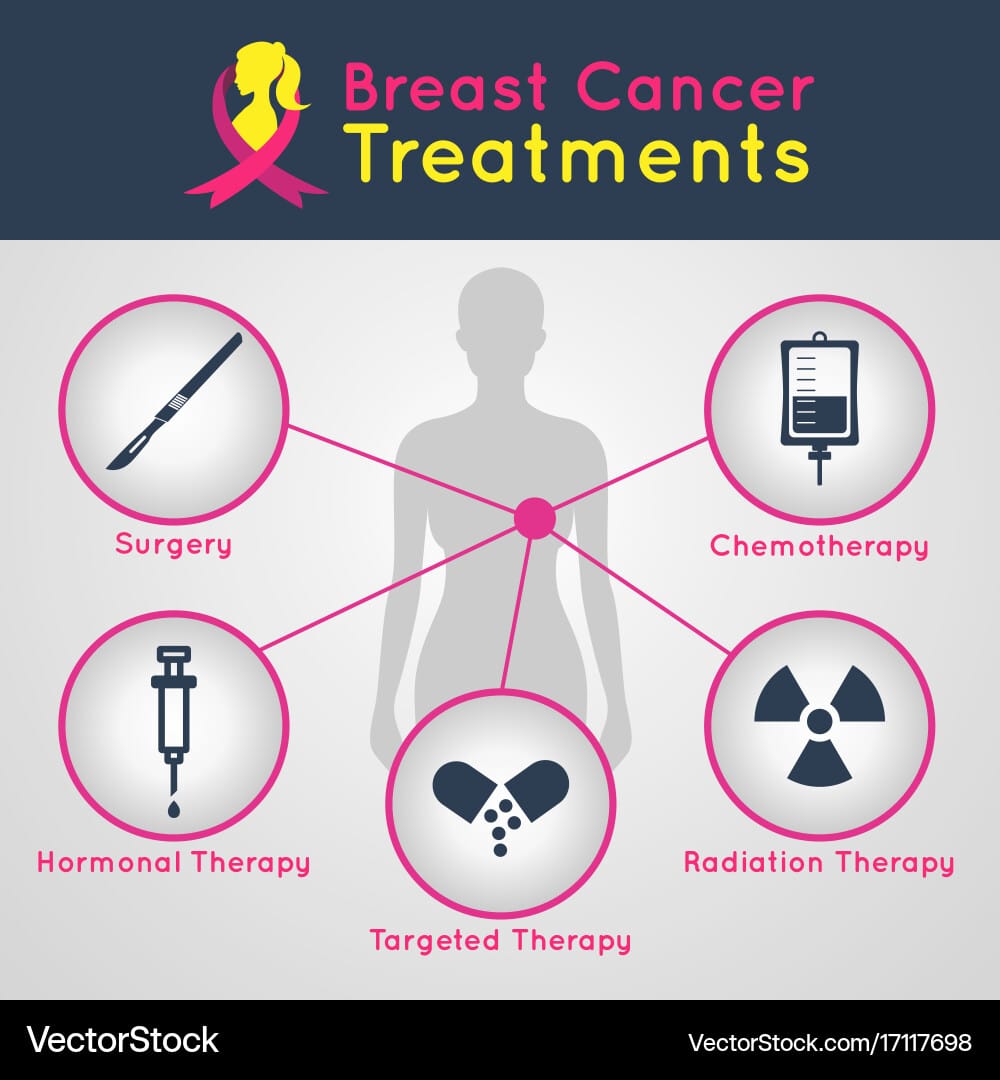This year’s flu season has proven to be one of the most intense in recent memory, signaling a troubling surge in respiratory illnesses across the United States. According to health officials, outpatient visits for flu-like symptoms have reached their highest levels since 2009, when the swine flu pandemic first appeared. A rise in influenza cases has now placed significant strain on healthcare systems nationwide, with New York City becoming a notable hotspot for the virus’s latest resurgence.
The Centers for Disease Control and Prevention (CDC) reported this week that nearly 8 percent of all doctor visits nationwide were for flu-related illnesses during the most recent tracking period, a figure that highlights the scope of this year’s outbreak. Data also reveals that test positivity rates for influenza exceeded 30 percent, reflecting an accelerated transmission of the virus in communities. Traditionally considered a manageable seasonal sickness, 2025’s flu strains have proven particularly virulent while continuing unabated over the winter months.
The situation in New York City has drawn particular focus, with the local Department of Health confirming the highest volume of flu cases recorded in the city in the past five years. In neighborhoods with lower vaccination uptake or older populations, hospitalizations linked to the virus have soared, leading officials to intensify their outreach programs targeting vulnerable demographics. Public health advocates emphasize the need to vaccinate, as dropping inoculation rates—particularly among school-aged children—may exacerbate the rapid spread.
A key concern driving urgency is the legacy effect of the COVID-19 pandemic on health behaviors, where lingering reluctance toward vaccines has translated to broader declines in immunization coverage. This season, officials note, children have been particularly under-vaccinated compared to pre-pandemic years, giving influenza an added foothold. Many experts attribute this season’s intensified challenges to ongoing societal and epidemiological recovery from COVID-related disruptions. Declines in herd immunity, coupled with earlier wave patterns this year, have likely created an extended window of both exposure and susceptibility.
Hospitals in New York and other urban centers expressed concerns over capacity issues as the rate of admissions for flu-related complications increased week to week. Indeed, public health providers are observing trends reminiscent of pandemic-era peak pressures, where staff shortages and limited ICU beds constrain the ability to respond to incoming patients effectively. The high case counts already translate to prolonged recovery intervals for many patients, particularly those aged 65 and older or who have underlying conditions.
Experts also point out that alongside influenza, other respiratory viruses like respiratory syncytial virus (RSV) and occasionally COVID-19 continue to co-circulate in the current trimester. This combination has compounded diagnostic challenges practitioners face and made treating severe cases far more difficult. Encouragingly, data does not yet indicate that influenza cases this season are associated with any novel mutations or strains of concern specific to antiviral resistance.
As the flu season stretches onward, alerts were issued across multiple U.S. states, encouraging citizens to remain vigilant toward protective health measures. Mask-wearing, voluntary quarantines during noticeable symptoms, continued mask-wearing through public transport avenues, and flu-mitigating surface protocols, officials re-advised around shopping centers mean increasing messaging frequency, particularly given global closures may disrupt vaccine viabilities.



